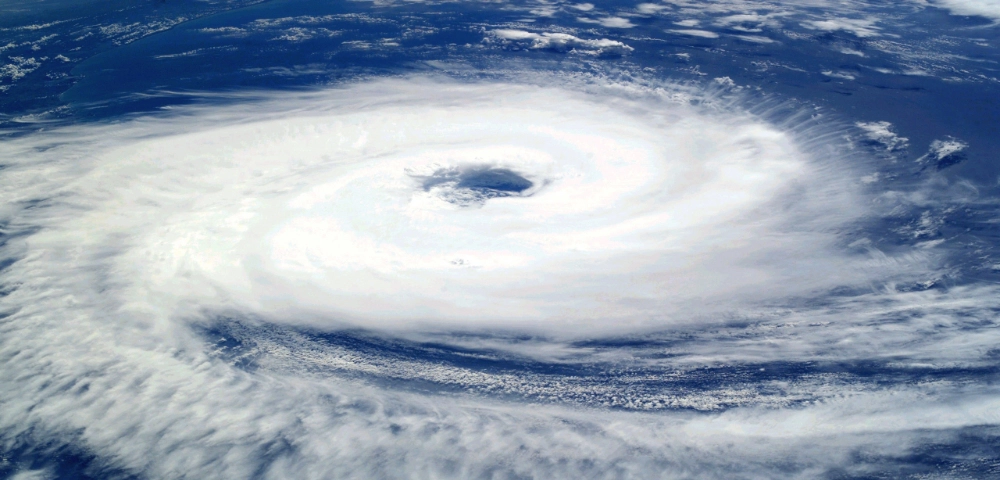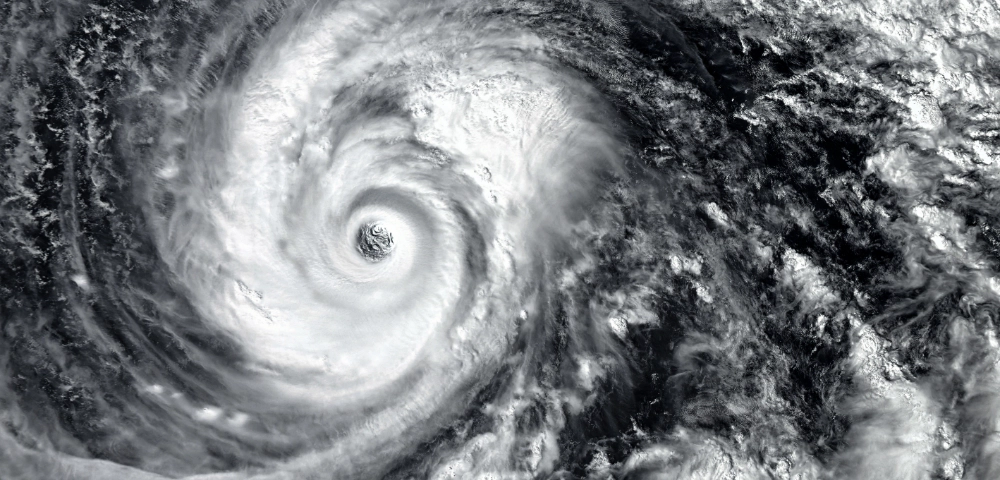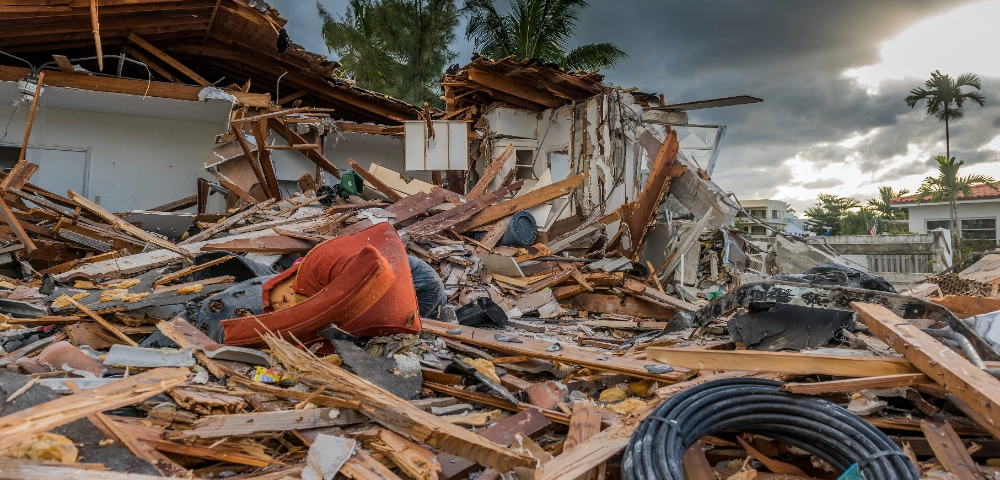Hurricanes are one of the natural phenomena that reveal the power of the atmosphere with their magnificence and especially with the traces of destruction they leave behind. The scientific classification of hurricanes is that storms with speeds exceeding 74 mph. However, hurricanes are too complex meteorological events to be dismissed as storms. For example, during just one hurricane, high winds can generate half the energy of the entire world's electricity generation capacity. At the same time, cloud and rain formation from the same storm can release a staggering 400 times that amount.

The Birth of the Beast
Hurricanes do not spontaneously appear; they form under precise conditions. The process begins with warm ocean waters, typically tropical and subtropical regions. When sea surface temperatures reach at least 26.5°C (80°F), the warm water provides the energy necessary to fuel the storm.
However, warm water alone is not sufficient. Mostly, a tropical wave requires atmospheric instability, which occurs due to a small disturbance in the tropical flow in the ocean and atmosphere. High humidity in the mid-troposphere (about 5 km above sea level) is essential, as it sustains the thunderstorm activity within the developing system.
The Coriolis effect, a result of the Earth's rotation, imparts the necessary spin to the storm, allowing it to develop cyclonic rotation. This is the reason for the eye shape we see when we look at the anatomy of the hurricane. Low-level vertical wind shear is also crucial; it ensures that the hurricane's structure remains intact and can grow vertically without being disrupted by differing wind speeds at various altitudes.

Categories of the Hurricanes
The categorization of the hurricanes is from 1 to 5, depending on wind speed. As the wind speed increases, the damaging power of the hurricane increases accordingly. For example, Hurricane Beryl, which formed in the Atlantic Ocean and is currently hitting the Caribbean, has reached the 5th category, indicating that this hurricane caused severe damage to the places it hit and had a severe impact with winds above 157 mph.
Where do hurricanes occur?
They occur frequently in all warm seas in the subtropical and tropical climate zones, except for the Eastern Pacific Ocean and the South Atlantic. Although we do not experience hurricanes first-hand due to the geographical location of our country, storms called 'medicane' can be seen around the Mediterranean. From time to time, very strong cyclones can form over the Mediterranean and Aegean seas. Countries such as Italy, Greece, Malta, and Türkiye may be at risk due to these strong cyclones.

The Aftermath: Impact and Destruction
Hurricanes cause high winds that can uproot trees and damage buildings and power lines, sustained rainfall events that cause floods and floods, and storm surges that lead to abnormal sea level rise. They can also produce tornadoes, adding another layer of destruction.
Hurricanes are a part of our world, but global warming increases the intensity of hurricanes day by day.
Fortifying Against Nature’s Wrath
- Improved Weather Forecasting: Weather intelligence solutions improve the ability to predict hurricane paths and intensities, allowing time for preparations.
- Strategic Evacuation Plans: Well-developed evacuation plans can save lives. With advanced weather intelligence solutions, it is possible to activate the evacuation plan in a timely manner.
























